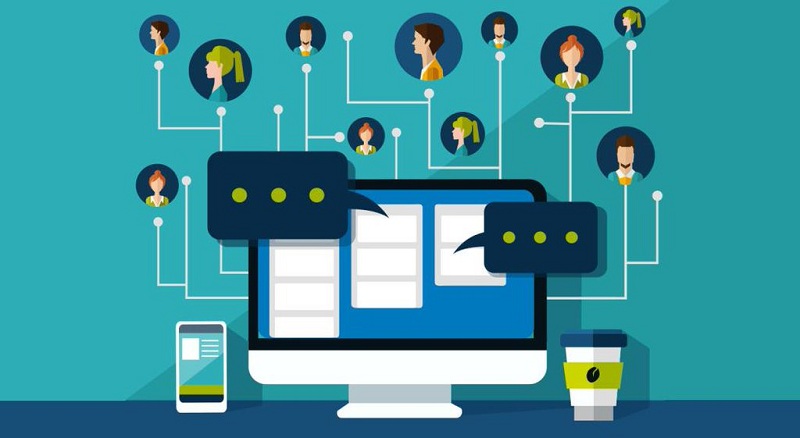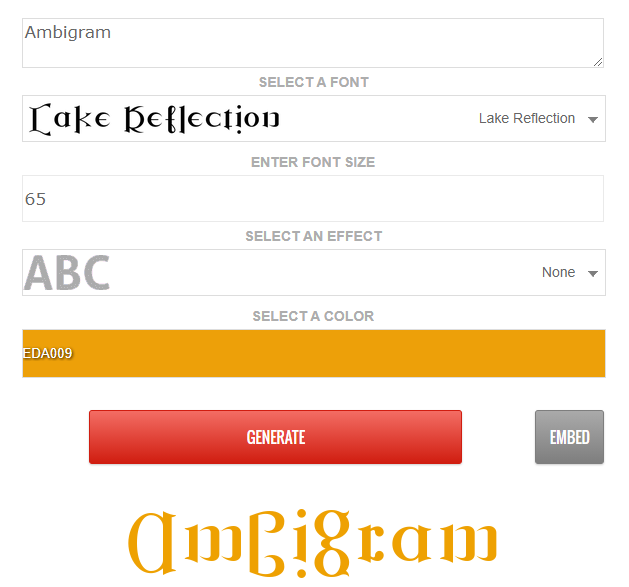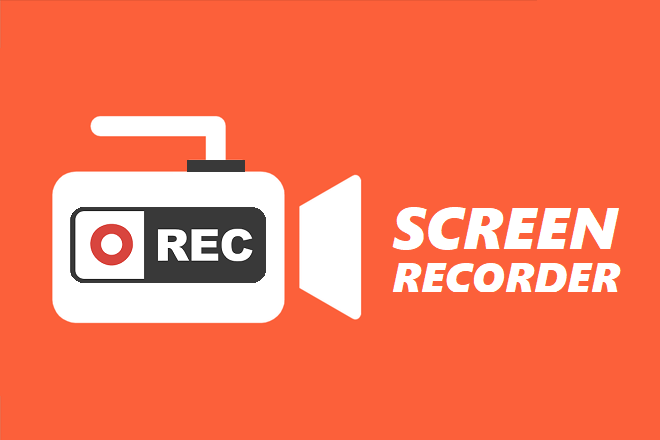Customer service options used to be limited to just one or two methods, however, advances in technology have made it easier than ever to connect with customers. The best customer service method for your business depends largely on your customers, your resources and your product. Weighing the pros and cons of each type can help you choose the best customer service approach for your company.
In-Person Customer Service
- Pro:
The benefits of in-person customer service include the ability to get to know your customers face to face, which can be an asset in assessing how to better serve them. Some types of problems can be easier to resolve in-person, such as technical problems with equipment.
- Cons:
The disadvantages include that it may not be convenient for your customers to come into the store or schedule an appointment for an in-home visit. This method can also be expensive due to travel and personnel costs.

- Pro:
E-mail can be an attractive option to customers who don’t enjoy talking on the phone or who wish to contact you during non-standard business hours. Pre-defined responses to common questions can be automated to ease the workload of your staff. E-mail conversations can be archived, creating a written history of your interactions with the customer.
- Cons:
The downside of e-mail is that it can be slow since it doesn’t happen in real-time and each party is left waiting on a response from the other. Complex problems may require multiple conversations, which can be confusing and time-consuming.
Live Chat

- Pro:
Live chats attempt to merge the benefits of e-mail and phone communication by allowing customers to communicate in real-time with representatives in writing, instead of by voice. Agents can assist multiple customers at the same time, which can reduce wait times. This makes live chat one of the faster methods.
- Cons:
The main drawback to live chat is that some customers may not be comfortable with the technology or may have difficulty effectively communicating their needs due to poor typing skills.
Social Media
- Pro:
Social media works something like a cross between e-mail and live chat. Customers communicate by typing and some social media platforms offer private messaging that functions much like a live chat window. However, the main difference is that social media also has a component that is public.
- Cons:
This can be both a curse and a blessing. The public nature allows customers to assist each other and search for already answered questions, but it also means your staff needs to be particularly careful about how they respond because their response is out there for everyone to see.
Phone
- Pro:
The primary benefit of phone customer service is that it is usually faster than the written forms of communication. Hearing your customer’s voice allows your employees to better gauge your customer’s emotions and adjust their responses. It is often easier to describe complex problems and solutions verbally. Some customers are more comfortable with phone support than other methods.
- Cons:
It is becoming increasingly more common to encounter customers who do not like to make phone calls. With more customers relying on mobile phones, network service problems can also be an issue. Additionally, long hold times or inconvenient hours can be frustrating for customers. If you don’t have enough staff to handle your call volume or cover all the hours you would like to be available, customer support can be outsourced.
For most businesses, some combination of these customer service methods will yield better results than choosing just one. Customers like having options and offering a variety of methods of communication can help with customer satisfaction. However, be wary of spreading your staff too thin. If you never answer your phone or e-mails that can be worse than not offering that option at all.






